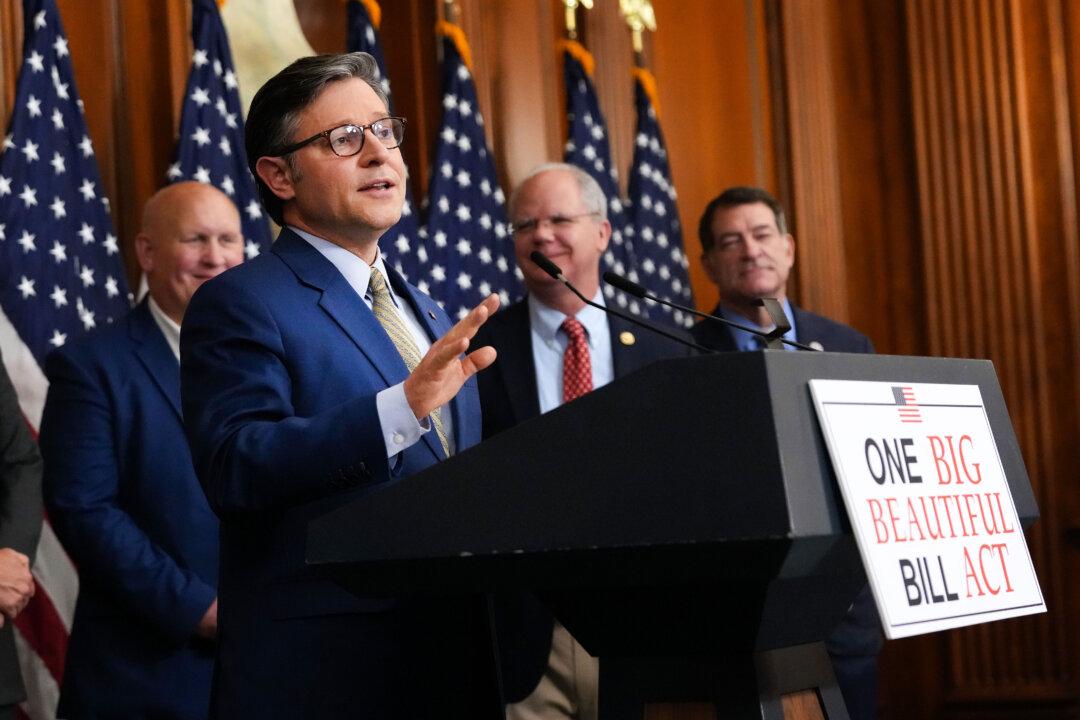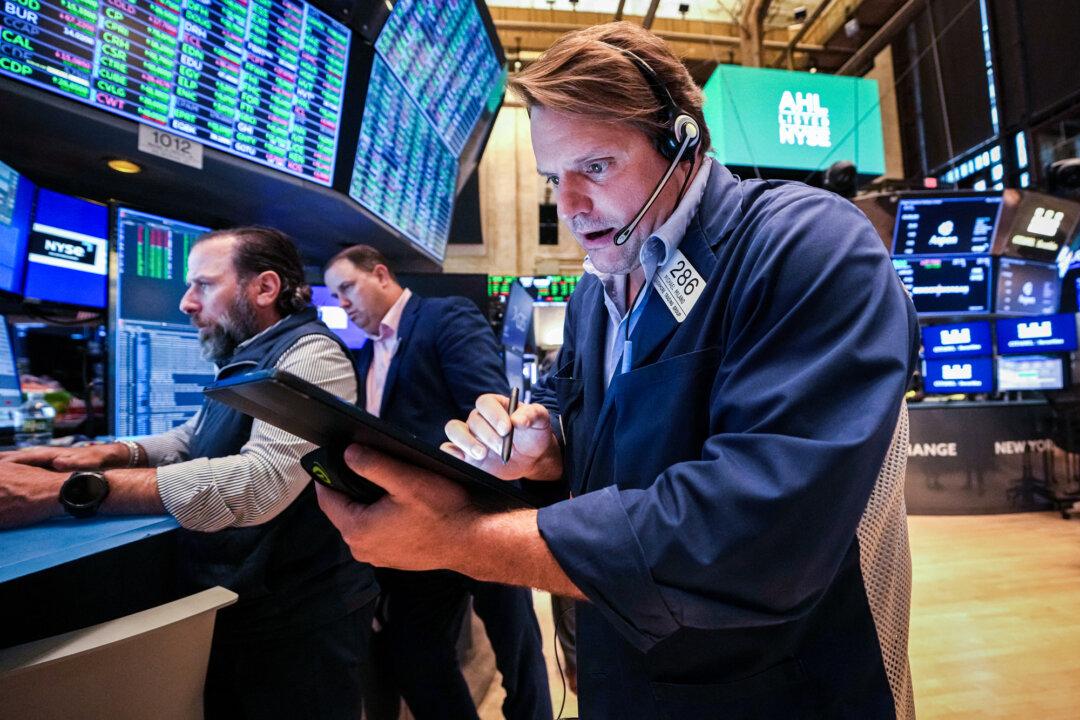Many economists have forecast that President Donald Trump’s imposition of tariffs would, by driving up the cost of imports, revive inflation. The most recent data, however, indicate that the rate of price increases has remained subdued thus far.
“That means the [current] drop-off in trade is even more severe than the pandemic,” Shih stated. “One very important parallel to what happened with COVID is we saw this delayed response where the consumers didn’t really feel the impact of some of the things that were happening in the trade lanes, and the cut off of imports, until a little bit longer, just because of the time it takes to flow through the supply chain.”
A Cooling Economy and Tight Money Supply
“The economy has been gradually cooling, affecting both the labor market and inflation rates,” Stephen Kates, financial analyst at Bankrate, told The Epoch Times. “Wage growth is slowing, while grocery and gasoline prices are declining, and the rise in shelter costs has moderated.”However, Kates predicts higher prices are coming soon, with surveys from the Federal Reserve banks of Dallas and Philadelphia indicating that companies plan to start hiking prices for consumers by May or June.
“I anticipate inflation will peak between 3 percent and 4 percent over the next year, which, although better than the peak in 2022, remains a challenge for inflation-weary consumers,” Kates said.
But consumers are now less tolerant of price increases than they were three years ago, he added, which will put pressure on companies to absorb at least some of the additional costs from tariffs.
On May 17, Trump pressured Walmart, America’s largest retailer, not to raise prices.
In contrast to those who predict rising inflation from tariffs, economists from the monetarist school argue that inflation is a function of the money supply, which is currently restrictive and will drive inflation down.
“All the talk about tariffs and inflation is misguided,” Steve Hanke, professor of applied economics at Johns Hopkins University, told The Epoch Times. “The new tariffs will change relative prices, but inflation is always and everywhere a monetary phenomenon,” he said, quoting a 1963 comment by economist Milton Friedman.
A ‘Relatively Closed Economy’
The impact of tariffs is also a function of how reliant America is on imports, which may be significantly less than many people might expect. A May 19 report by Bart Hobijn and Fernanda Nechio, analysts at the Federal Reserve Bank of San Francisco, calculated that imports amounted to only about 14 percent of U.S. GDP in 2024.Despite how often shoppers see product labels that say “made in China” or “made in Mexico,” the United States “remains a relatively closed economy,” the report states. “In fact, the vast majority of goods and services sold in the United States are produced domestically,” it says.
Inflation Expectations ‘Largely Stable’
While speaking at a conference of Federal Reserve directors in New York on May 14, Fed Vice Chair Philip Jefferson described the uncertainty the central bank is wrestling with when deciding on whether to raise or lower interest rates. Inflation in services had stalled and even come down in housing-related services, indicating the potential for disinflation, he said, but inflation for goods, excluding food and energy, has increased slightly so far this year.“Whether tariffs create persistent upward pressure on inflation will depend on how trade policy is implemented, the pass-through to consumer prices, the reaction of supply chains, and the performance of the economy,” Jefferson stated. “Short-term inflation expectations have increased in both survey- and market-based measures, but I think it is notable that most measures of longer-run inflation expectations have been largely stable.”
Reviewing April’s inflation numbers, he highlighted that the Personal Consumption Expenditures (PCE) inflation was down from its peak above 7 percent in mid-2022. Core PCE inflation in April, which excludes volatile consumer energy and food prices, was at 2.6 percent, up slightly from March’s annualized rate of 2.3 percent but down from April 2024, he said.
“The Federal Reserve plans to maintain the federal funds rate in the range of 4.25–4.50 percent for the next few months, with the first rate cut currently expected in September,” Kates said.
If Trump can successfully negotiate lower tariff barriers and Congress can cut spending and reduce deficits in the current budget, this will go a long way toward bringing inflation down below the Fed’s 2 percent target, he said.
According to Hanke, however, in order to keep inflation under control, “Trump and the GOP should insist, as President Reagan did, that Congress and the Fed embrace ‘stable money.’ The only way to do that is to embrace the Quantity Theory of Money,” which states that the general price level in an economy is directly proportional to the amount of money in circulation.









